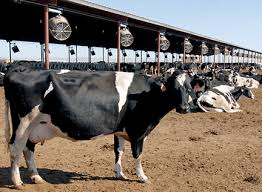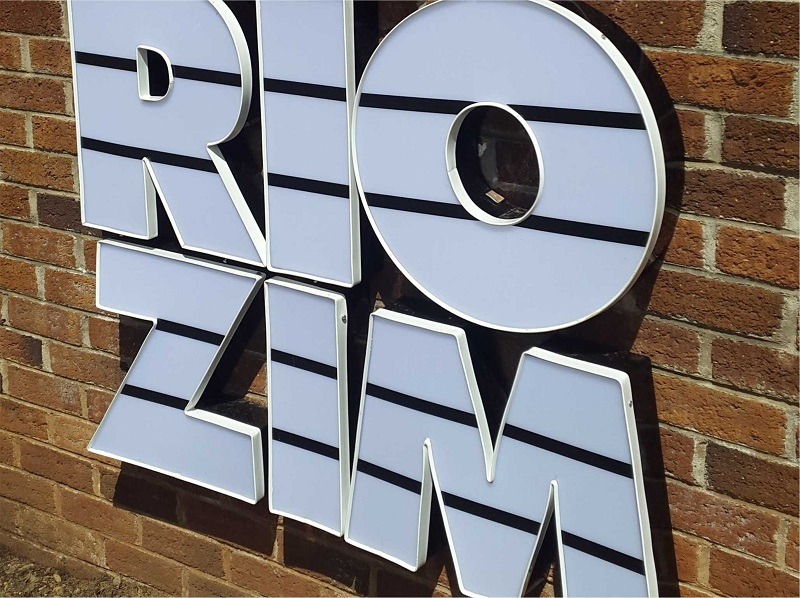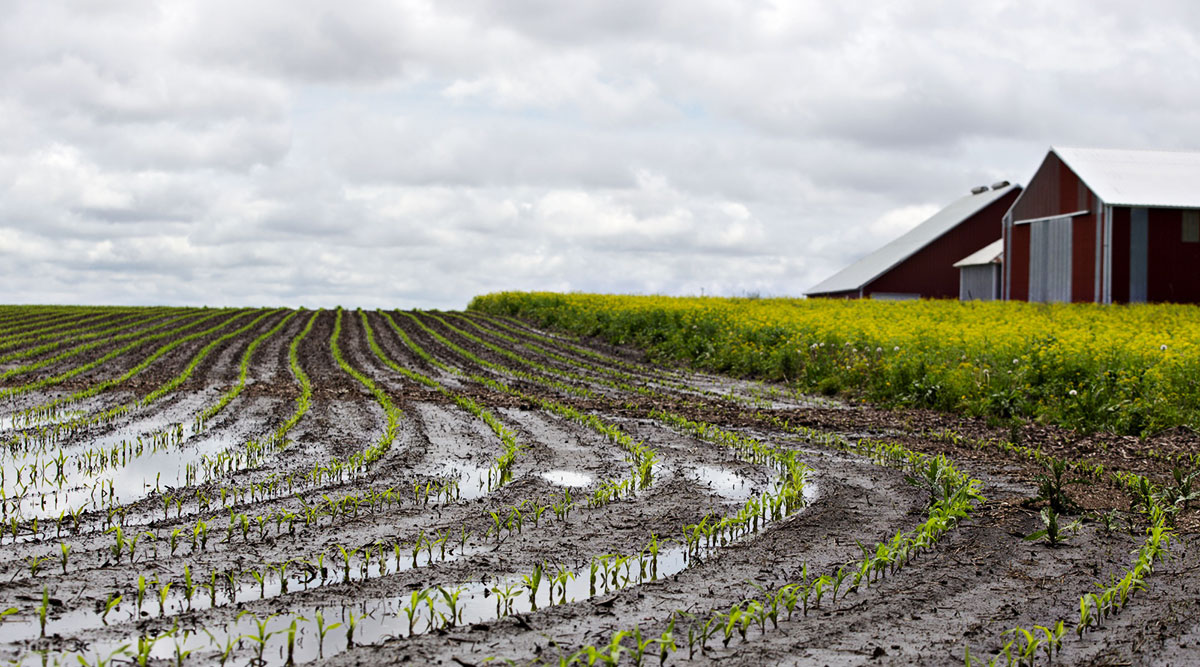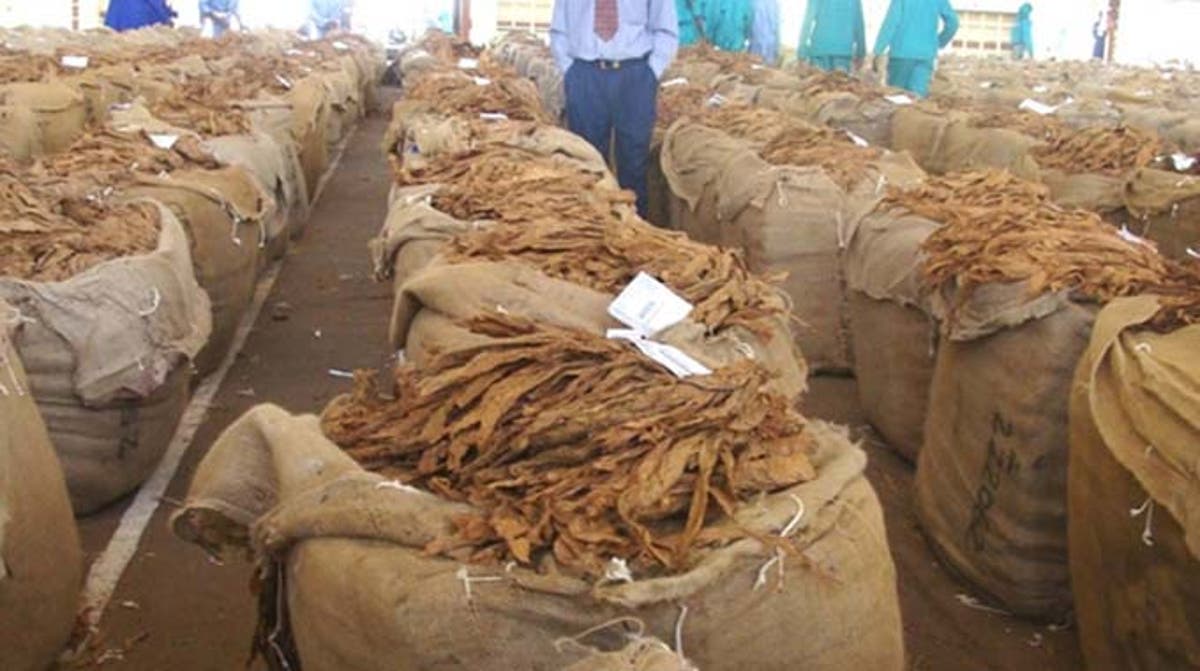Mining industry decries high power tariffs
ZIMBABWE’S Platinum Group Metals (PGMs) industry could scale-down smelting operations as it has become unsustainable to run smelters due to “high and unaffordable” electricity tariffs that are pegged at USc14,21/KWh for mining companies.
In its submissions to the Government ahead of the mid-term budget review set for Thursday, the Chamber of Mines of Zimbabwe (CoMZ) which represents the interests of large mining houses said: “Electricity tariff for mining companies at USc14,21/KWh is high and unaffordable.
“Information gathered from platinum producers indicate the severe impact of current electricity tariffs on the viability of smelting facilities within the PGMs industry.
“PGMs producers have indicated that it has become unsustainable to run their smelters at the current tariff. If the situation is not resolved, we may witness scaling-down of smelting activities in the PGMs industry.”
The miners’ body appealed for an affordable and competitive electricity tariff that guarantees the viability of mining firms.
“An electricity tariff of USc10/ KWh is recommended,” it said.
The mining industry is one of Zimbabwe’s major economic mainstays, accounting for over 75 percent of the national export earnings while also employing over 53 000 people formally.
In recent years, the mining industry has witnessed a growing number of new projects, expansion of existing investments and construction of beneficiation facilities in line with the Government’s value addition and beneficiation agenda.
However, the developments in the mining industry, the CoMZ said, has put pressure on the available power in the country.
“At the same time, the power supply situation has remained fragile, with reports of unscheduled power outages resulting in production stoppages and production losses,” said the chamber.
As of today, the Zimbabwe Power Company indicated on its website that the country was producing 1 191MW against Zimbabwe’s peak demand of 2 200MW.
The power crisis that Zimbabwe and the rest of the Southern African Development Community is facing, was largely due to lack of investments in new electricity projects over the years.
According to ZPC, as of today the country’s biggest power plant – Hwange, was generating 899MW against an installed capacity of 1 520MW while Kariba which has an installed capacity of 1 050MW— was generating 292MW.
The Zambezi River Authority (ZRA), which manages water allocations at Kariba has set the average electricity generation for Kariba at 214MW.
This is due to low lake levels following the El-Nino-induced drought which has been compounded by normal to below normal rainfall in most countries of Southern Africa during the 2023/24 rainy season.
The dam was designed to operate at between levels of 475,50 metres and 488,50 m for hydropower generation for Zimbabwe and Zambia while 475,50 m is the minimum operating level and is where the inlet valves are located.
Beyond that level, no water flows in for electricity generation.
ZRA has indicated that as at June 3, 2024, usable live storage for power generation was at 477,35m compared to 479,63m during the same period last year.-bsuinessweekly










